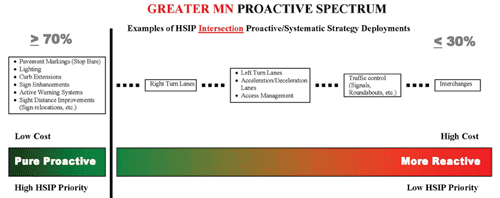LTAP Support to Local Agencies
Original publication: SHSP Implementation Process Model, Supplement Number 1 – Case Studies; FHWA-SA-10-025; 2010(PDF, 1MB)
Key Accomplishments
- LTAP staff routinely promote SHSP concepts when working with local transportation agencies, broadening the reach of the SHSP.
- Local agencies receive assistance with data collection and input efforts.
- SHSP working groups receive local insight and hear about local concerns via LTAP personnel.
Communicating the SHSP to local agencies is a required first step toward implementation of safety strategies at the local level. Local Technical Assistance Programs (LTAP) serve as conduits, transferring highway technology from FHWA, the State DOT, and universities to local transportation agencies. Utah is using the LTAP to disseminate information about the SHSP to local jurisdictions.
LTAPs provide workshops, publications, videos, and other training materials to local agencies to improve the effectiveness of their transportation programs. They also support Road Safety Audits (RSA) and provide direct technical assistance for dealing with transportation challenges.
In Utah, LTAP personnel regularly promote the State’s SHSP in their work with local agencies. Actions by local agencies can directly impact SHSP implementation efforts. LTAP personnel are helping local agencies collect and manage crash data, thereby improving its accuracy, timeliness, and completeness. LTAPs also provide software with potential safety benefits to local agencies (e.g., sign inventory software).
LTAP staff are able to give insight into local issues and concerns to UDOT through their involvement with local agencies. UDOT personnel also gain additional knowledge of local issues through their participation in RSAs. This local information is provided to the SHSP emphasis area working groups to fine tune or modify their action plans.
Results
By tapping into relationships already in place through the LTAP program, Utah is able to collect information, ideas, and other inputs from local agencies and share it with emphasis area teams, ensuring that local input is considered as the SHSP is implemented.
Contact:
Robert Hull
Director, Traffic and Safety Division
Utah DOT
801-965-4273
rhull@utah.gov



